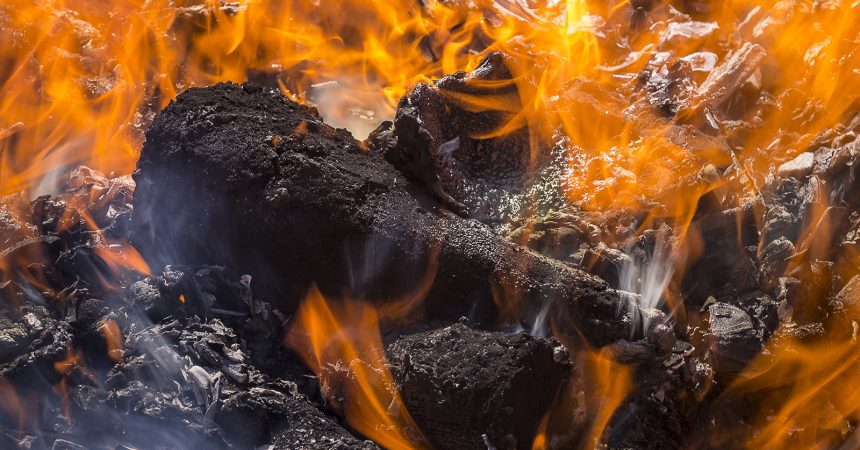The rhinoceros is an iconic creature, long known to inhabit the African savannah and the forests of Asia. Each continent is currently host to three living species, although in Africa one species, the northern white rhino, is now considered functionally extinct. Only three animals of that type remain. Individuals of the other five species combined currently number less than 30,000. This is a precipitous decline from the estimated 500,000 rhinos that roamed wild places around 1900. Habitat loss and other factors play a role in this decline, but an ominous threat has emerged as the most devastating to date—the illegal trade in rhino horn.
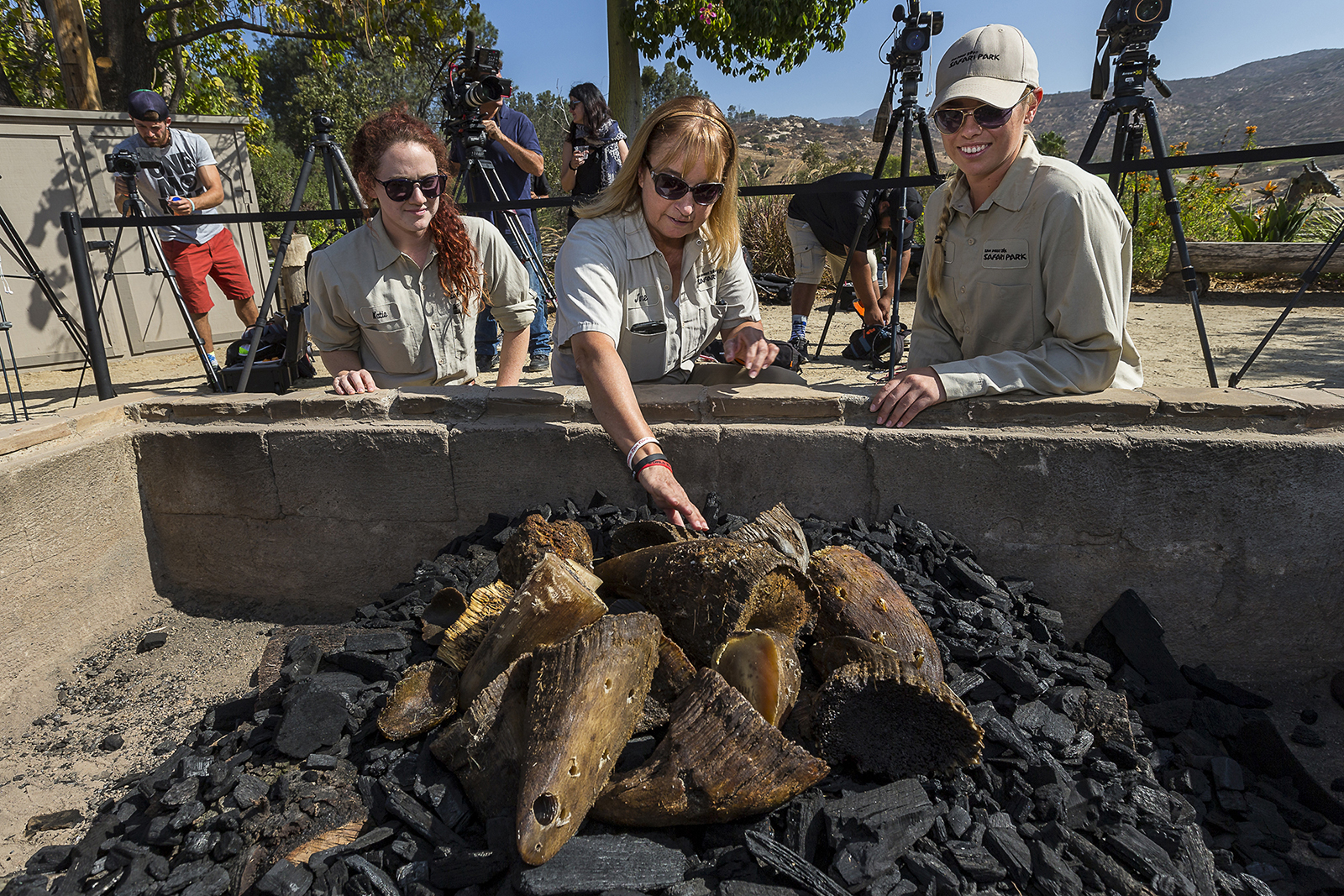
Poaching for rhino horn has escalated in the last decade. In 2007, 13 rhinos were poached in South Africa; seven years later, that number skyrocketed to 1215. On average, three rhinos per day are killed in that country to satisfy demand for rhino horn on the market. Trends in other African nations are also bleak.
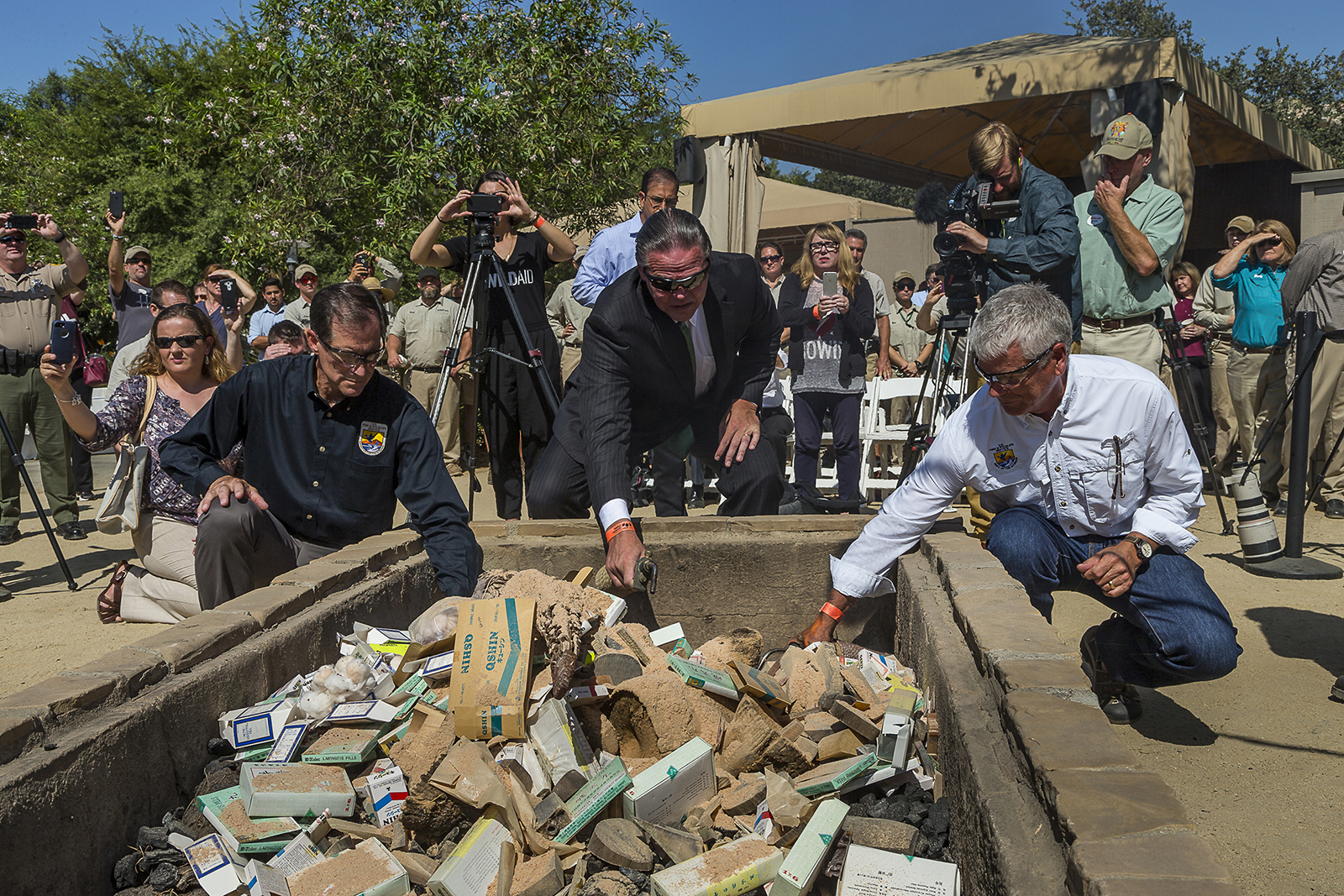
Once removed, rhino horn takes many forms on the black market. Ground into pills to offer a cure for laryngitis, hangover or stomach ailment, it has many purported uses in traditional Chinese medicine. Scientific study has demonstrated that rhino horn is made of thick keratin fibers, with no more actual medical benefit than can be derived from our own fingernails or hair, which are made with the same protein. Rhino horn is also frequently used as a status symbol, taking the shape of an elaborately carved, ornate object. Libation cups derived from horn are thought to enable the user to identify toxins in liquids. Horn is even used for the purpose of stimulating libido. But rhino populations are loosing ground against the backdrop of the demand for all of these human-induced uses of their horn, and its time to send the message that horns, without their rhinos, are not worth the price of our lost natural heritage.
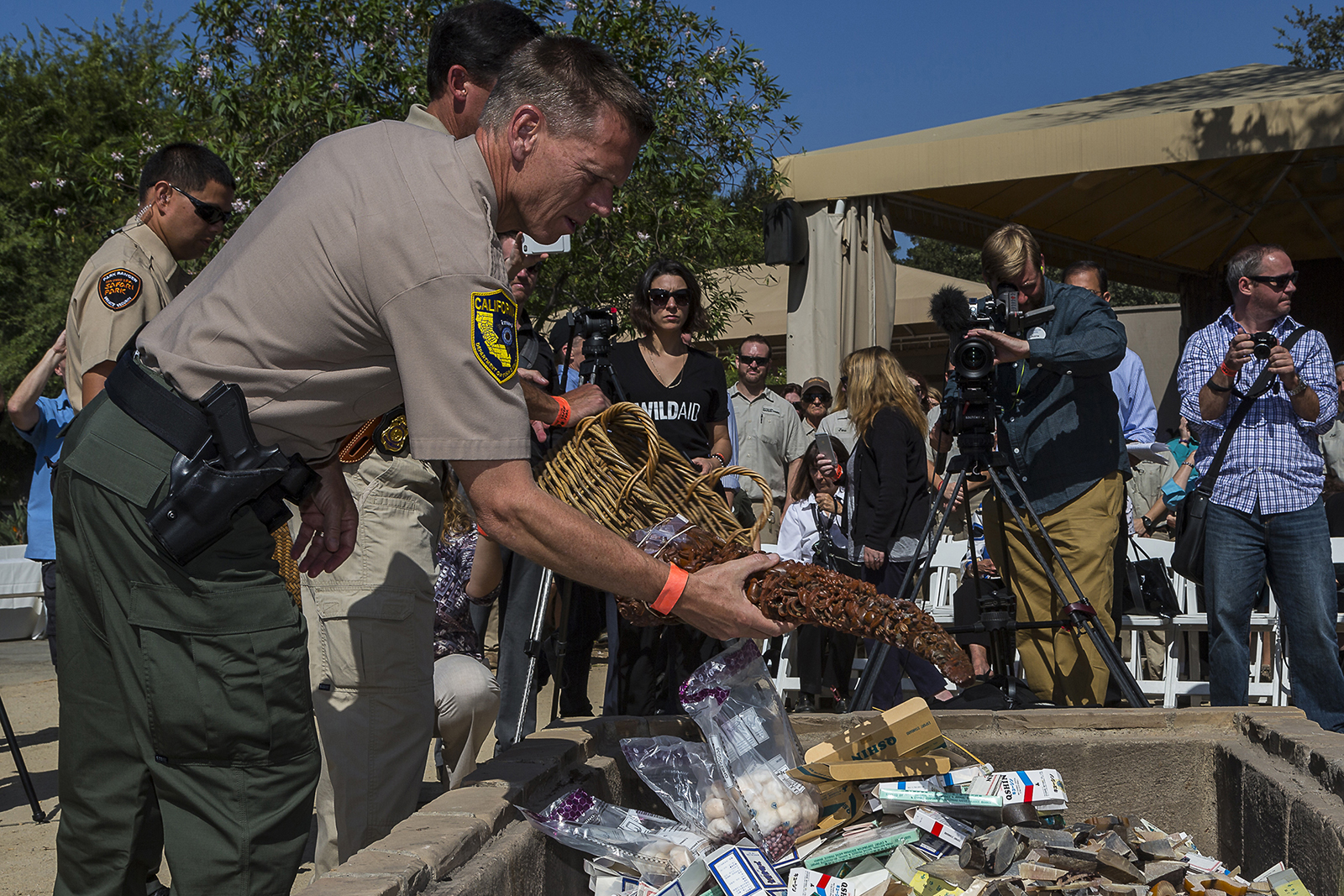
Our partners at US Fish and Wildlife Service, who have worked diligently through a program called Operation Crash to apprehend and prosecute rhino horn traffickers here in the United States, have brought to San Diego a collection of confiscated rhino horn. Along with California Fish and Wildlife, these law enforcement officials have worked hard to stop the sale and transport of rhino horn domestically. And we’d like to help them send a message that the trafficking of rhino horn will not be tolerated, and rhinos are worth more alive.
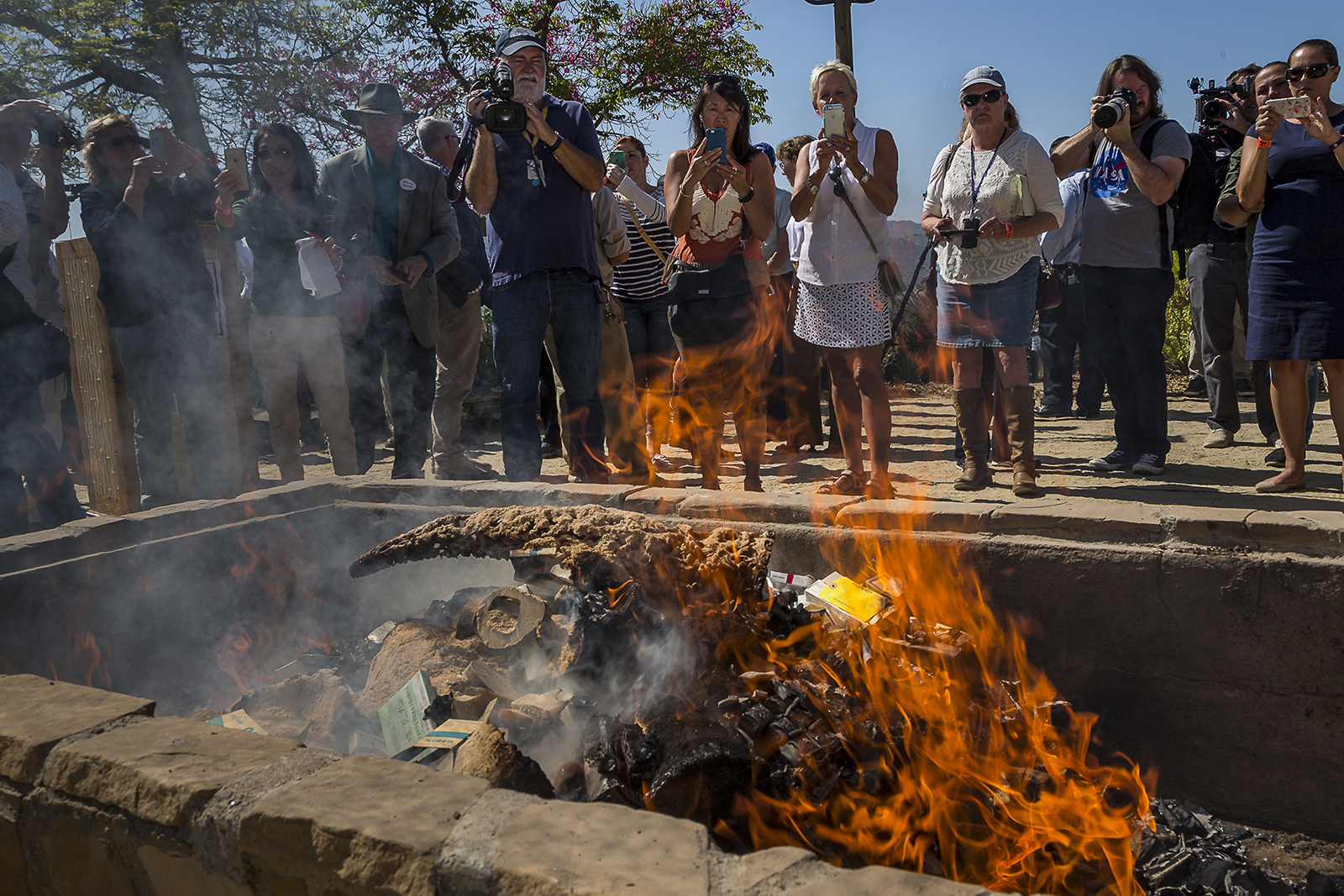
For this reason, on September 8th we piled all of this confiscated rhino horn on a pyre and set it aflame. While it is a shame to think about the rhinos whose lives were lost to supply this illegal trade, it is imperative that these artifacts never find their way back to the black market. We know their medicinal value is exaggerated, and their capital value once removed from the rhino should be reduced to ash. As we watched the rhino horn go up in smoke, we were reminded that there are still nearly 30,000 rhinos left who need all of humanity to get the message we are collectively trying to send—stop killing rhinos. Stop the demand. And for the remaining five rhino species, lets work to end extinction.
Join us with your show of solidarity for rhinos. On Facebook, Twitter and other social media outlets, let us know you, too, want to #endextinction by pledging never to buy or use rhino horn in any form. You can also donate to the San Diego Zoo Global Wildlife Conservancy to support our work to save rhinos from extinction. Together we can create a world that will #stopkillingrhinos.
Suzanne Hall is a Conservation Policy Specialist with the San Diego Zoo Institute for Conservation Research.

